Sikh battle memorial finally unveiled after years of work
A monument to a notable battle in Sikh history has finally been unveiled after 40 years of work.
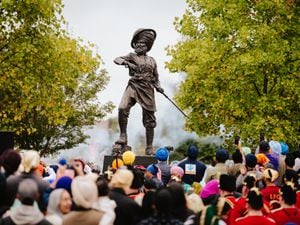
The official unveiling of Wolverhampton's historic Saragarhi Monument, the first of its kind in the UK, took place in Wednesfield on Sunday, September 12.
The memorial commemorates the bravery of 19th century Sikh soldiers who died at the Battle of Saragarhi, a battle considered by military historians to be one of the greatest last stands in history.
The conflict on September 12, 1897 saw 21 soldiers from the 36th Sikh Regiment of the British Indian Army fight against thousands of Afghan tribesmen.
The Jathedar of the Akal Takht, Giani Harpreet Singh, officially unveiled the monument, which was commissioned by the Guru Nanak Gurdwara Wednesfield after Wolverhampton Council agreed to transfer land.
Mr Singh was joined by three descendants of the soldiers, the President of the Saragarhi Foundation, Doctor Gurunderpal Singh Josan, Major General Celia Harvey OBE of the British Army and local dignitaries at the memorial unveiling.
The Saragarhi Monument was created by Black Country sculptor Luke Perry and marked the end of a 40-year dream by Wednesfield South Councillor Bhupinder Singh Gakhal.
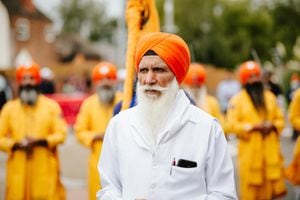
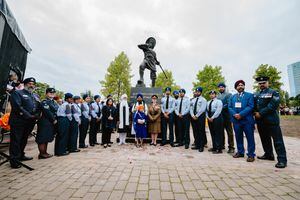
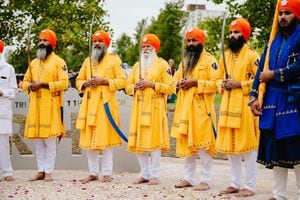
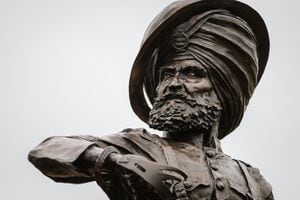
Councillor Gakhal offered his thanks to everyone involved in the project.
He said: "I'm absolutely thrilled and over the moon with this project being completed, having taken 18 months from start to finish and proud of everyone in Wednesfield and Wolverhampton who have been involved.
"It has been a 40-year journey for me and has always been with me, and you have these ambitions and you want to do something, even though you question yourself about whether it will ever happen, but we have made history."
He said the day had been such a buzz for him, with the dignitaries who had come to unveil the monument and spoke about what he wanted the legacy to be.
He said: "For someone who comes from a working class background, who left school and went to work in a foundry, to be where we are and to be seeing these people who you hear about on the TV actually be there for the big day, it's hard to describe."
"The legacy I want to leave is what you can achieve when communities come together, regardless of colour, creed or religion and when you come together and talk to each other and communicate and listen, this is what you get.
"For me personally, it makes me so proud as when I started out on this journey, I would say maybe three or four people out of a thousand knew about Saraghari, with a lot asking me what I was talking about, so I think everyone will learn about it now and appreciate the story of solidarity."





